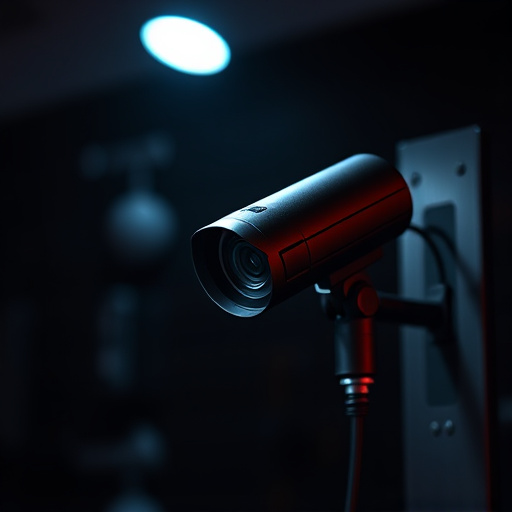Spy cameras and microphones (hidden surveillance devices) are advanced technologies that integrate into everyday objects like clocks or pen drives, capturing video and audio discreetly. With motion detection, night vision, and superior audio, they serve various purposes from home security to professional use. Detecting these requires technical knowledge and physical inspection using specialized tools. Their deployment carries significant legal and privacy risks, with strict regulations in many jurisdictions due to the potential for unauthorized installation and the capture of sensitive conversations without consent.
Uncover the intricate world of hidden microphones and spy cameras with our comprehensive guide. In an era where privacy is a precious commodity, understanding these covert listening devices is paramount. We’ll delve into how these tiny yet powerful tools operate, providing an in-depth overview for tech-savvy individuals and privacy advocates alike. Learn to identify them within everyday objects, explore the legal landscape surrounding their use, and gain insights into safeguarding your personal space from prying ears.
Understanding Spy Cameras and Microphones: A Comprehensive Overview
Spy cameras and microphones, often referred to as hidden surveillance devices, are sophisticated pieces of technology designed for covert observation. These devices are engineered to be virtually invisible, seamlessly integrating into everyday objects like clocks, smoke detectors, or even pen drives. They capture video and audio footage discreetly, allowing users to monitor activities without detection.
Understanding the capabilities and applications of spy cameras and microphones is crucial in today’s world where privacy concerns are at an all-time high. From home security enthusiasts to professionals in fields like law enforcement and private investigation, these devices offer a level of discretion and information gathering that was previously unimaginable. Their advanced features include motion detection, night vision, and audio recording capabilities, making them versatile tools for various purposes.
How to Detect and Identify Hidden Microphones in Everyday Devices
Detecting hidden microphones, often disguised as everyday devices, requires keen observation and a basic understanding of technology. One common method is to use specialized detection tools that can pick up electromagnetic signals emitted by active microphones. These tools are designed to reveal covert listening devices in various settings, from homes to offices.
Additionally, examining physical characteristics can be crucial. For instance, tiny cameras and microphones might be hidden within seemingly ordinary items like clocks, light bulbs, or even doorbells. Some telltale signs include unusual attachments, irregular shapes, or suspicious markings on the device’s surface. Regularly updating security software and being vigilant about unfamiliar apps or permissions requested by devices can also help identify potential spy cameras and microphones.
Legal Implications and Privacy Concerns of Using Hidden Microphones
The use of hidden microphones, or spy cameras and microphones, raises significant legal implications and privacy concerns. In many jurisdictions, the installation and use of these devices are subject to strict regulations, often categorized under surveillance laws. Unauthorized placement of such equipment in private spaces can constitute an invasion of privacy, leading to potential civil lawsuits and criminal charges. Even if used within a legal framework, like in law enforcement operations, their deployment is tightly regulated to respect individual rights and prevent abuse.
Privacy becomes especially fraught when hidden microphones capture intimate conversations or sensitive information without consent. This blurs the line between legitimate investigations and privacy violations. Moreover, the presence of these devices can create an atmosphere of unease and mistrust, affecting relationships and social interactions. Therefore, their use requires careful consideration, thorough legal oversight, and adherence to ethical standards to balance public safety interests with personal privacy rights.
